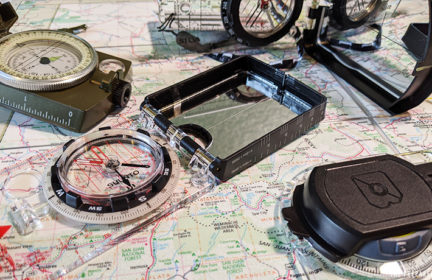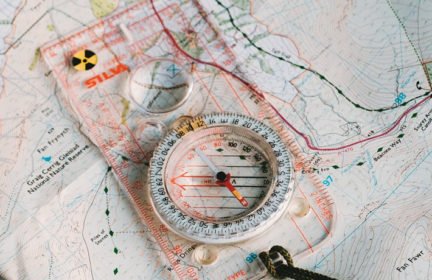Returning “Situational Awareness” to the forefront
https://www.worldaware.com/resources/blog/importance-situational-awareness-risk-management
With major national events like the immunization program starting and the holiday season here, this is an opportune time to review and refresh on situational awareness.
At above link, spend a few moments thinking about Exercise 2.
There is a national program called [something] “Blue” in re human trafficking. Airport personnel and others in transport industry, eg bus station employees, highway rest area workers, get enrolled in the program. I’m involved by managing part of a county emergency shelter. Slave traffic is visible enough and a walk to the parking lots doesn’t need a search light to guess which high end RV they are being transported in. Yes, suspicious activity is reported and recorded on my NIMS ICS forms.
Related to situational awareness is the current emphasis on “de-escalation”. Objective is to keep any involvement to minimum and get appropriate personnel alerted and responding.
For those who are EMTs (or CERT responders [depending on sponsoring agency’s requirements]) and related, a super book is “When Violence Erupts-A Survival Guide For Emergency Responders” by Krebs, Henry, Gabriele, C.V. Mosby Company, ISBN: 0-8016-6195-1. It’s relatively expensive but the Inter-Library Loan Program has only a $4.00 fee for a library check-out book. Anticipate next year the fee will increase.
When I can get a group established, I have book and copies for us.
……
One of my themes is “The Parking Lot”. With brick and mortar shopping still around and magnified during these next few weeks, avoid the convenient shopping mall parking space and park far away from the congestion. Plus, the exercise does wonders coupled to the extra fresh air.
-
Comments (6)
-


